Inaction Inertia effect: The sales hangover
We can all identify with this feeling, even if we don’t have a name for it. You’ve been eyeing up something to buy all week, it’s been discounted at 50%, but you’ve forgotten that the offer expires today! You’ve missed your chance, you’re feeling frustrated and you can’t justify buying at the higher price when just mere hours ago it was so much cheaper.
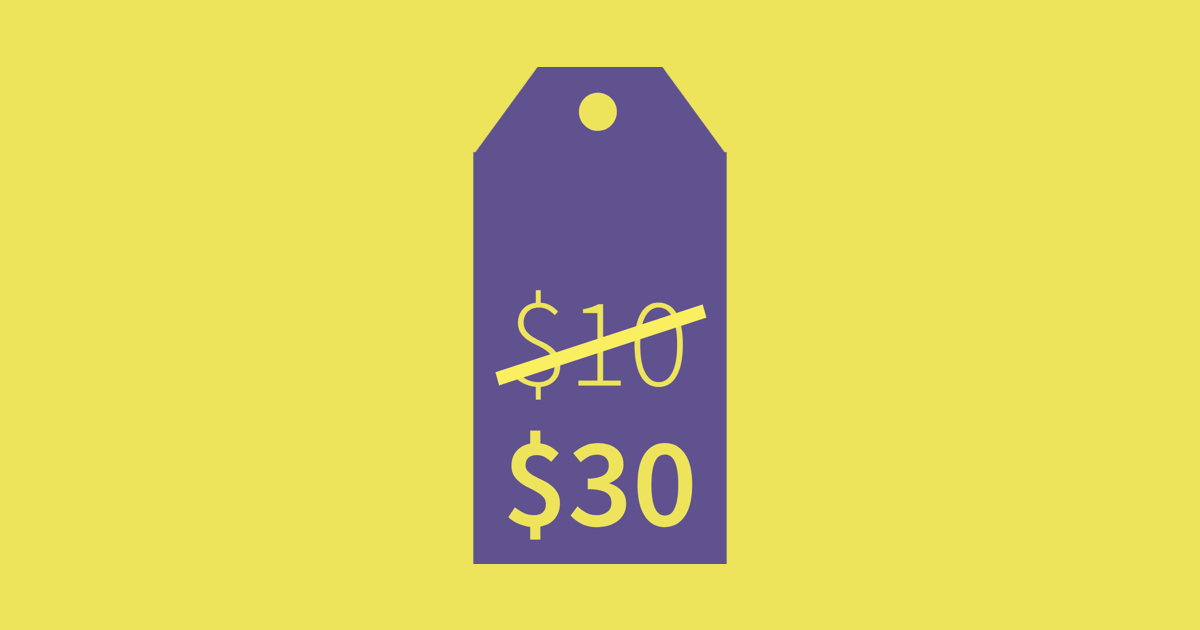
In psychology, we call this the ‘Inaction Inertia Effect’: the jarring loss of an opportunity. If people miss an attractive opportunity, they can’t successfully regulate this feeling of loss. It makes them less likely to avail of any subsequent offers, deals or promotions as they still hold the previous (better) offer in mind. The more attractive the initial deal is, the stronger the feeling of loss is and the less likely an individual will be to purchase your services or offers in the future.
This can also lead to bigger changes in behaviour like brand switching, as customers seek a brand alternative to their missed deal (Zeelenburg & Putten, 2005). With the feeling of missed opportunity present in the consumer’s mind, they are much more susceptible to switch brand products, even if the original brand is consistently their preferred option.
With some help at our Agency, I decided to put this phenomenon to the test. Taking some methodological inspiration from Tycocinski et al., (1995), I asked 50 of our staff to rate the likelihood of purchasing a flight to Croatia, being unaware that they were being provided with different initial discounts on their tickets.
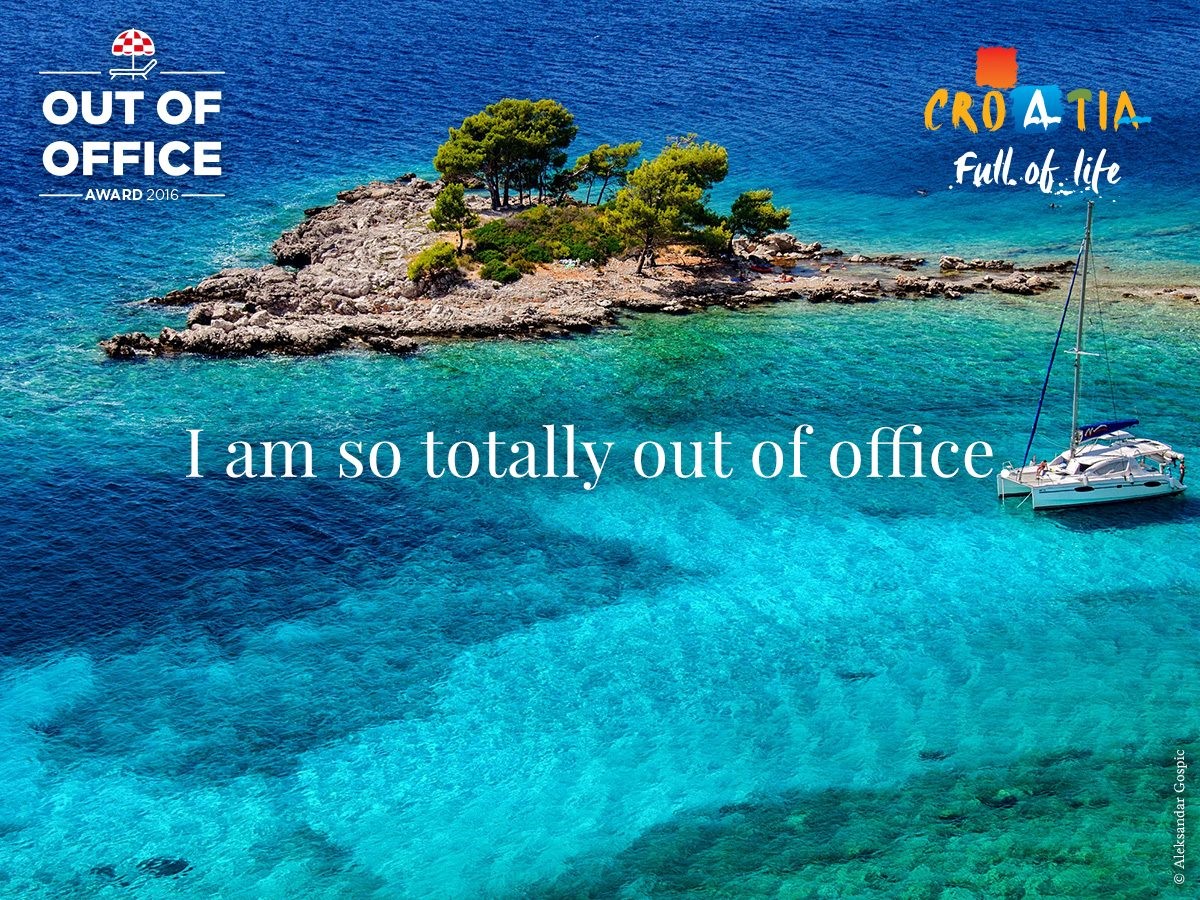
Each group was told that the original price of the flight was £200, and that they had been offered a discounted price of either £90 (high discount), £165 (low discount) or £185 (no missed opportunity). The first two groups were informed that they had unfortunately missed this offer but could still avail of the tickets at a discounted price of £185. They were then asked to rate from 0 to 10 how likely they would be to purchase a ticket.
As predicted, we as an Agency are no exception to this behaviour, with the high discount group being significantly less likely to buy a ticket (55%) than both the low (78%) and the no discount (77%) conditions. The Agency team cited a number of reasons they wouldn’t purchase their tickets, but ultimately it came down to initial pricing, despite having to pay the same amount in all situations.
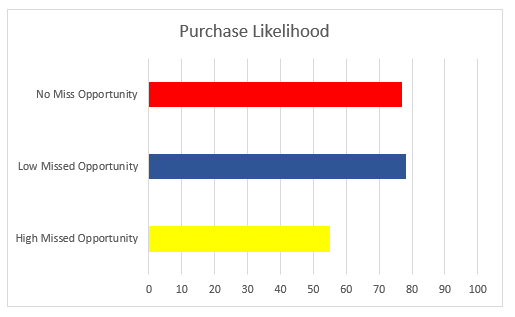
With all of us being so susceptible to this cognitive bias, we as advertisers are in prime position to look at how to mitigate this effect in campaigns.
How to break the cycle
There are some well-known examples of individual brands trying to tackle this issue – an example that quickly comes to mind being DFS’s seemingly perpetual furniture sale. However, forever having a sale can cause fatigue and belittles the value of having a sale in the first place.
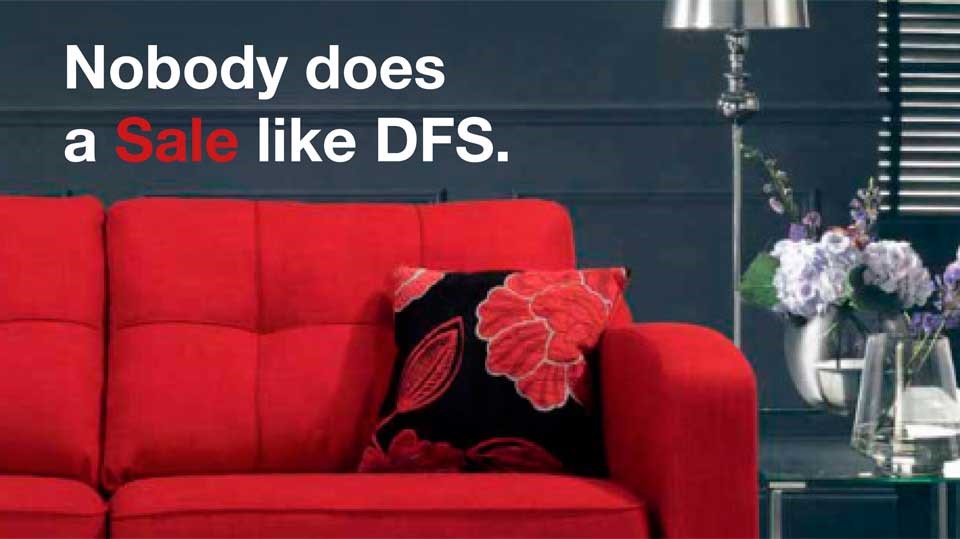
There are several ways that you can regulate or mitigate this feeling of lost opportunity, all of which fall under the notion of “decoupling”. This is the process of actively breaking the association of the current opportunity with the previous one.
Visual Distance 
The first way to tackle this is the most obvious: change how the product looks, or change it altogether. Van Putten et al. (2009) assessed that people found it much easier to forget about a previous opportunity when the product in question had changed in its presentation or features.
Spatial Distance 
Another means of actively decoupling a product from a sale is to change its available location. This can apply both physically and digitally, moving from one shop to another, or even just changing its location online (Arkes, Kung & Hutzel, 2002).
Temporal Distance 
Tykocinski et al., (2001) found that the more you increase the time between available offers, the easier it is for consumers to forget the previous deal that they missed, which is a relatively simple fix over time.
Effort 
With your consumer less likely to take up future deals, removing steps or changing the level of effort required to obtain the new offer can further distance the past offer with your current sale (Van Putten et al., 2009).
The landscape is forever changing for both consumers and advertisers alike, with new behaviours arising constantly. However, rest assured that a person’s love and desire for a good deal won’t be going away any time soon.
References
Arkes, H. R., Kung, Y. H., & Hutzel, L. (2002). Regret, valuation, and inaction inertia. Organizational Behavior and Human Decision Processes, 87(2), 371-385.
Tykocinski, O. E., & Pittman, T. S. (2001). Product aversion following a missed opportunity: price contrast or avoidance of anticipated regret?. Basic and Applied Social Psychology, 23(3), 149-156
Tykocinski, O. E., Pittman, T. S., & Tuttle, E. E. (1995). Inaction inertia: Foregoing future benefits as a result of an initial failure to act. Journal of personality and social psychology, 68(5), 793.
Van Putten, M., Zeelenberg, M., & Van Dijk, E. (2009). Dealing with missed opportunities: Action vs. state orientation moderates inaction inertia. Journal of Experimental Social Psychology, 45(4), 808-815.
Zeelenberg, M., & Putten, M. V. (2005). The dark side of discounts: An inaction inertia perspective on the post‐promotion dip. Psychology & Marketing, 22(8), 611-622.


